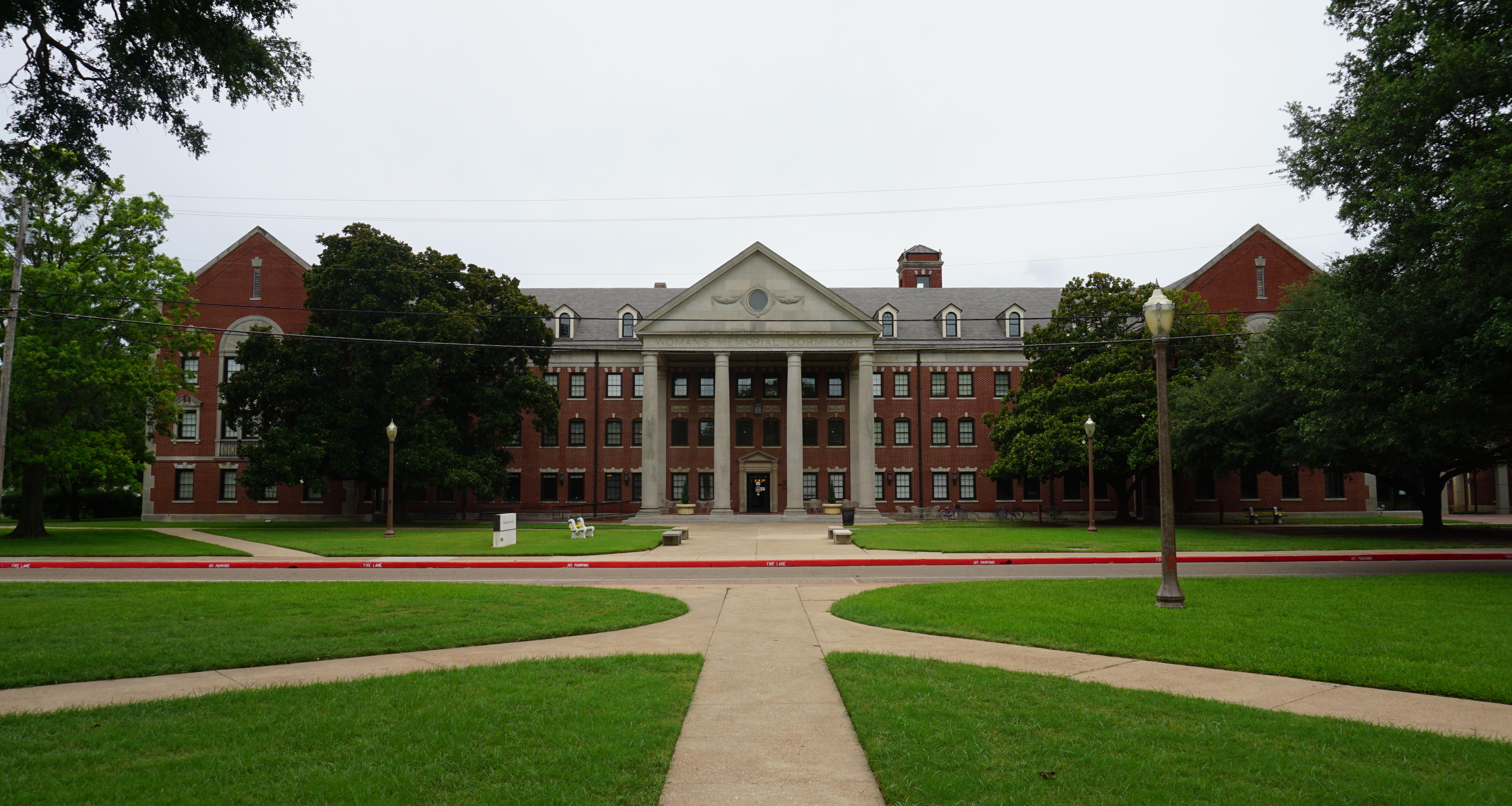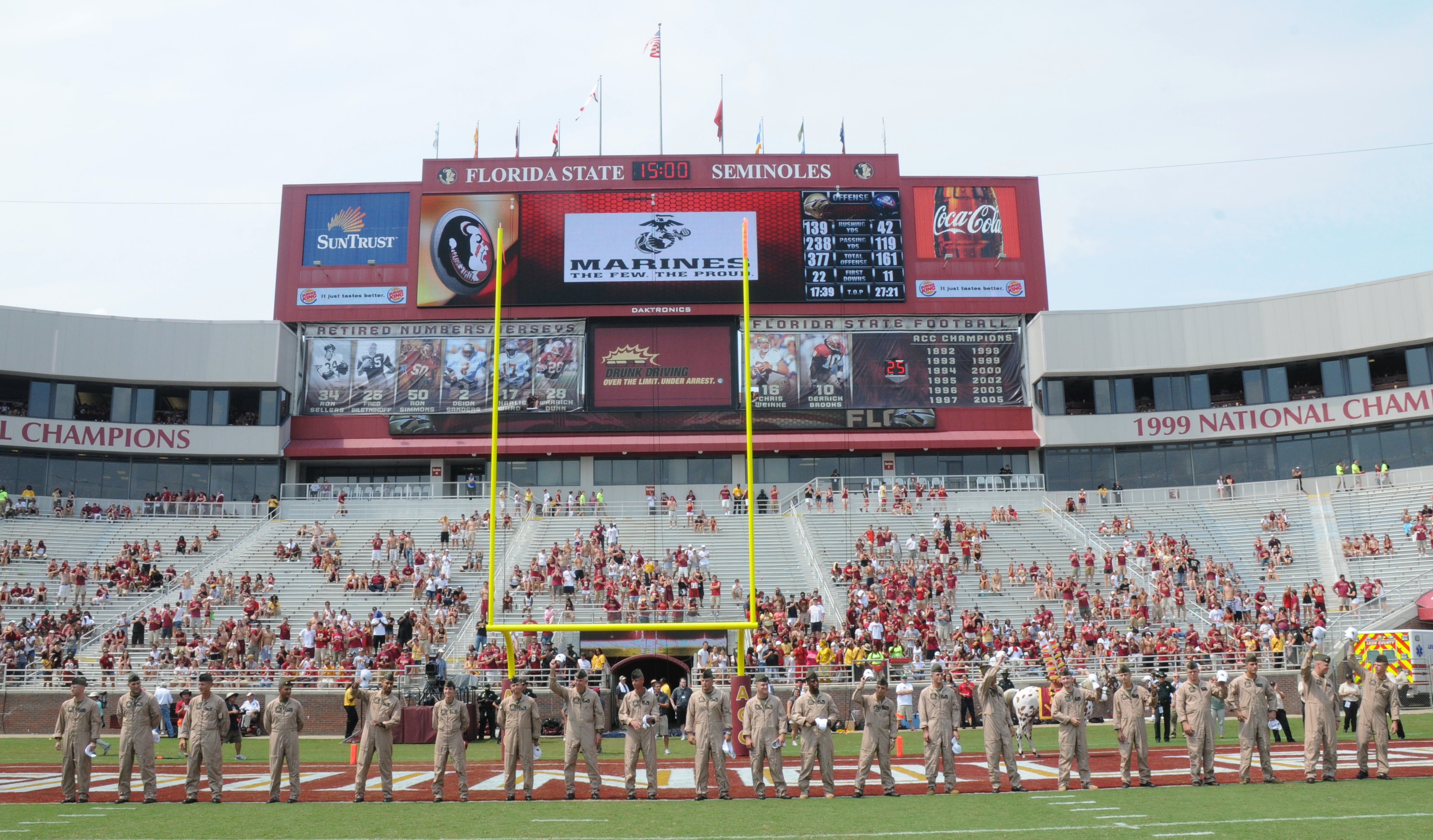15 Deserted Film Sets Frozen in Hollywood History
The world of cinema is a magical realm where dreams are crafted and stories come to life. Yet, when the cameras stop rolling and the crew packs up, some film sets are left behind, frozen in time. These abandoned sets hold a unique allure, offering a glimpse into Hollywood's storied past. They stand as silent witnesses to the creativity and labor that once animated them. As we embark on this journey, we delve into 15 such enigmatic sites, each with its own tale to tell. These sets are more than mere backdrops; they are historical artifacts that capture the zeitgeist of their era. Exploring them is akin to stepping into a time capsule, where the echoes of past performances linger in the air. This article aims to uncover the hidden stories behind these forgotten locations, offering a window into the fascinating world of abandoned film sets.
1. The Ruins of Tatooine: Star Wars in Tunisia
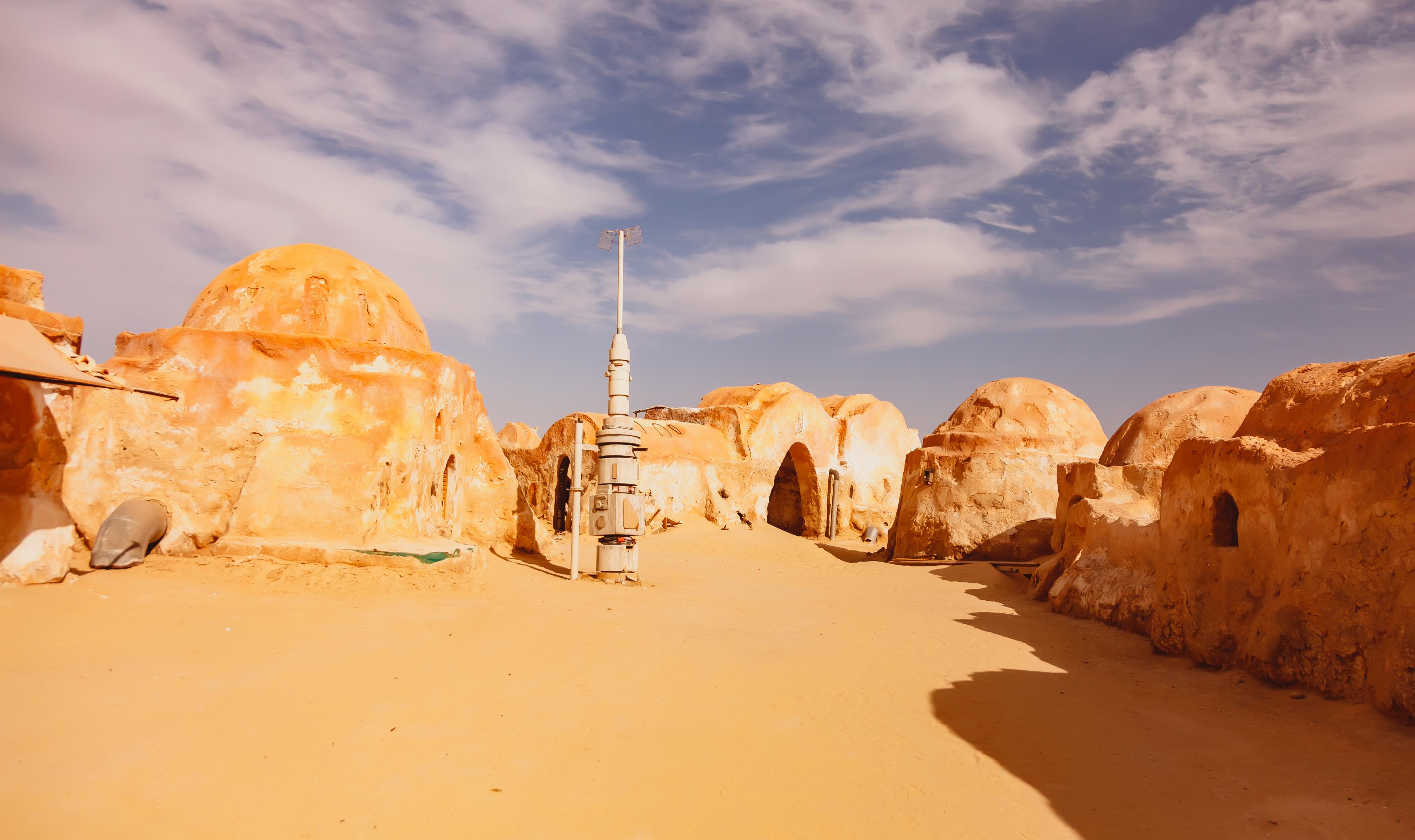
One of the most iconic abandoned film sets is the desert planet of Tatooine from the Star Wars saga. Located in the Tunisian desert, this set was used to depict Luke Skywalker's home planet. The harsh desert landscape provided the perfect backdrop for the sci-fi epic, with its distinctive domed structures and arid vistas. Today, these remnants lie scattered across the sand, a testament to the film's enduring legacy. Despite the passage of time, the site attracts fans and tourists who journey to witness the birthplace of a cultural phenomenon. The abandoned Tatooine set offers a tangible connection to the Star Wars universe, its decaying structures evoking nostalgia and wonder.
2. The Mystique of Spahn Ranch: Once Upon a Time in Hollywood
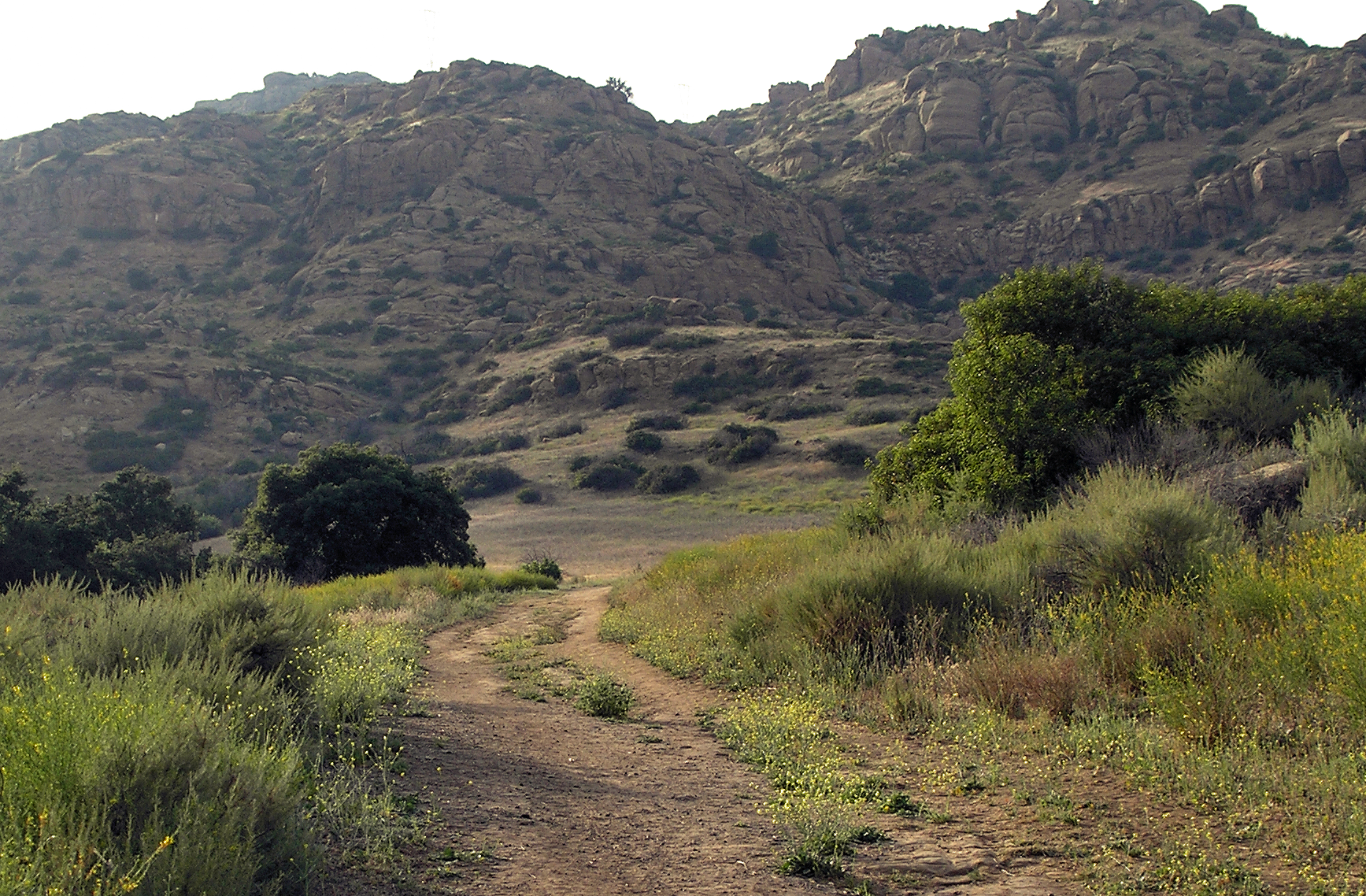
Spahn Ranch, nestled in the rugged terrain of California, served as the backdrop for numerous Western films and television shows. Its rustic charm and secluded location made it an ideal setting for tales of the Old West. However, Spahn Ranch's history took a darker turn when it became associated with the Manson Family in the late 1960s. Today, the ranch is a shadow of its former self, its once-bustling film set reduced to ruins. Despite its eerie past, Spahn Ranch remains a fascinating site for film enthusiasts and historians, symbolizing the intersection of Hollywood glamour and real-world infamy.
3. Sad Hill Cemetery: The Good, the Bad and the Ugly

In the Spanish countryside lies the iconic Sad Hill Cemetery, built specifically for the final shootout of Sergio Leone's masterpiece, The Good, the Bad and the Ugly (1966). For decades after filming, the thousands of mock grave markers decayed, leaving only the circular stone center. Recently, dedicated fans meticulously restored the site, recreating the crosses and atmosphere. Though revived, its period of abandonment and fan-led resurrection makes it a unique pilgrimage site, embodying the enduring legacy of the Spaghetti Western genre in the stark Spanish landscape.
4. End Scene Ruins: Pan's Labyrinth
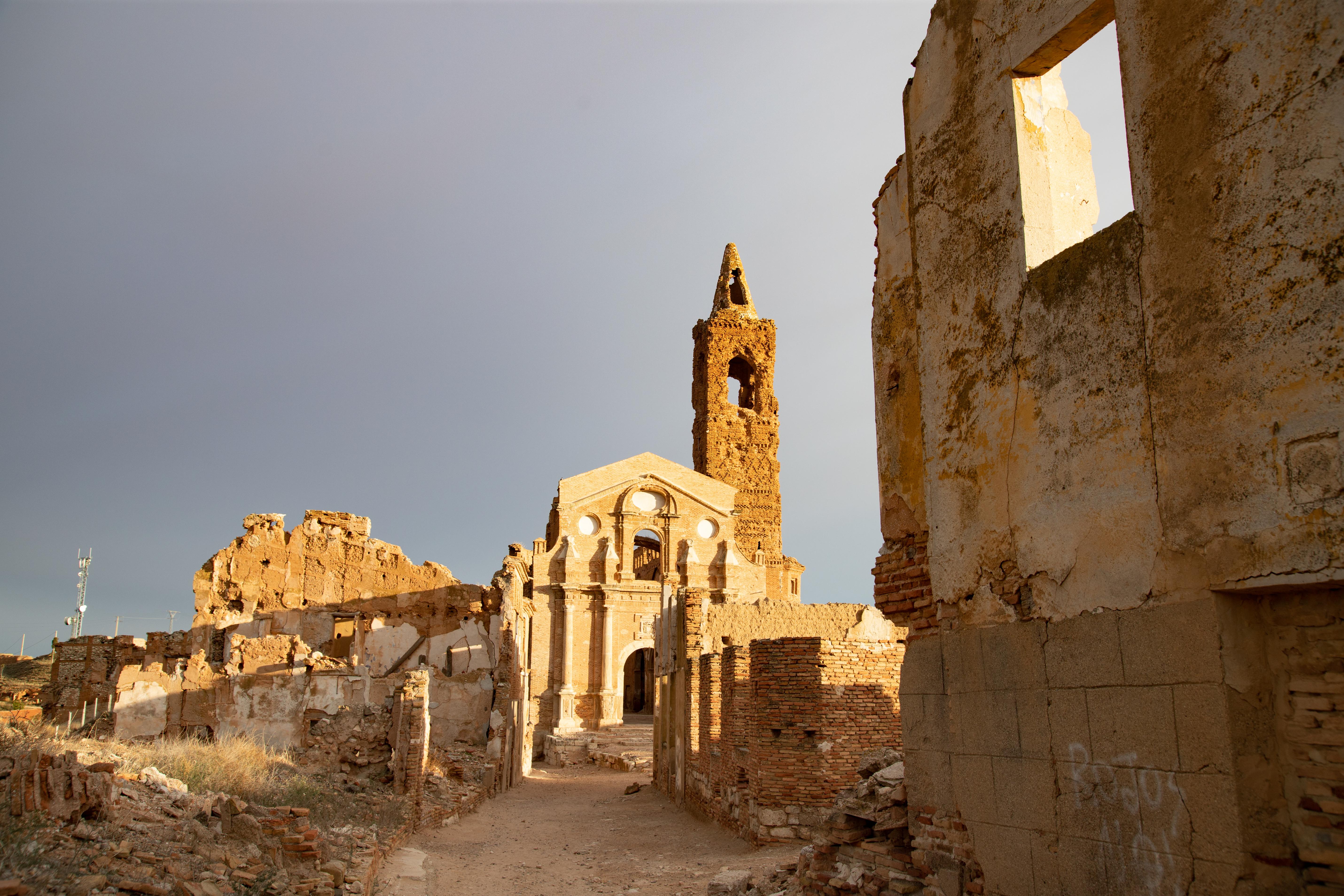
For the haunting final scenes of Guillermo del Toro’s Pan's Labyrinth (2006), the production utilized the very real ruins of Belchite, a Spanish town destroyed during the Spanish Civil War and left untouched as a monument.1 The crumbling stone walls, empty windows, and ghostly archways provided an authentic, deeply atmospheric backdrop for the film's dark fantasy elements. Visiting Belchite today means stepping into both cinematic history and actual history, exploring a tangible ghost town whose inherent decay perfectly matched the film's poignant and tragic tone.
5. Port Royal Set: Pirates of the Caribbean

On the coast of St. Vincent island, Wallilabou Bay still holds remnants of the Port Royal set built for Disney's Pirates of the Caribbean: The Curse of the Black Pearl (2003). While some structures were temporary, key set pieces like docks, building facades, and archways were left behind. Exposed to the tropical elements, these wooden structures are gradually decaying, offering a picturesque ruin where fans can step into Captain Jack Sparrow's world. It's a tangible piece of blockbuster history slowly being reclaimed by the Caribbean environment.
6. M*A*S*H Outdoor Set
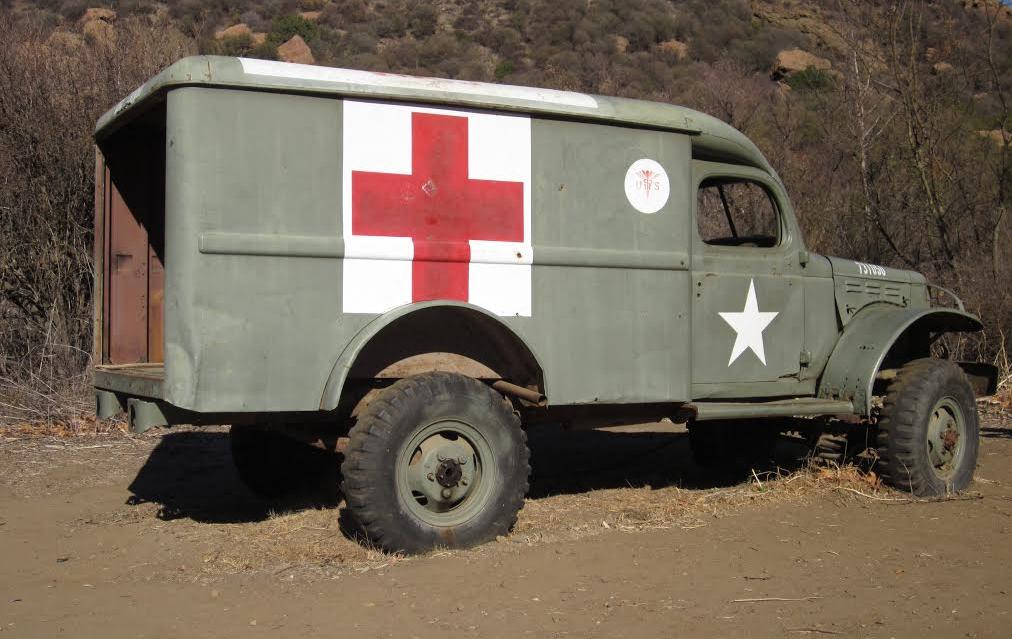
The iconic outdoor set for the beloved TV seriesM*A*S*H, representing the 4077th Mobile Army Surgical Hospital in Korea, was actually located in Malibu Creek State Park, California. While a 1982 wildfire destroyed many structures, key elements survived and became landmarks. Visitors can hike to the site and still find rusted Jeeps and ambulances used in the show, along with the iconic directional signpost pointing to various cities. Though weathered by time and nature, these remnants offer a powerful nostalgic connection to the classic series amidst the scenic California hills.
7. Huế City Set / Beckton Gas Works: Full Metal Jacket
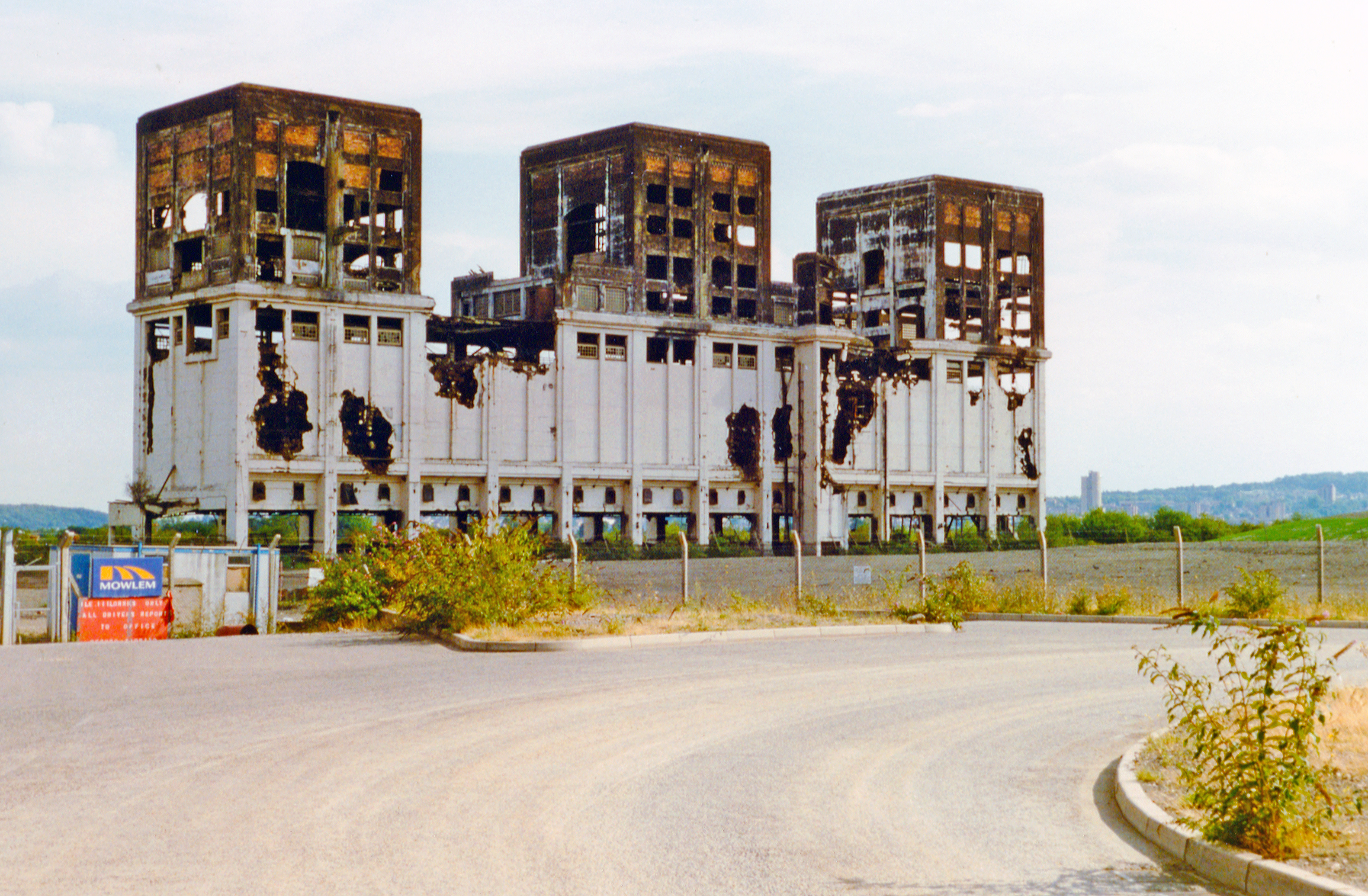
To recreate the war-torn city of Huế for Stanley Kubrick’s Full Metal Jacket (1987), an abandoned gas works in Beckton, East London, was dramatically transformed. This derelict industrial site, with its brutalist architecture, was partially demolished and styled to resemble battle-scarred Vietnam. After filming, the site remained derelict for years before further redevelopment. While much is gone, the area retains some industrial ruins and the haunting memory of its cinematic transformation, showcasing how filmmakers can repurpose urban decay into powerful cinematic landscapes.
8. Looper Diner: Looper

For the sci-fi thriller Looper (2012), a standalone, retro-style diner was constructed in the middle of a sugarcane field near Thibodaux, Louisiana. After filming wrapped, this complete structure, known as "Liz's Diner" in the film, was simply left behind. It became an eerie landmark, isolated in the field, attracting photographers and urban explorers drawn to its decaying Americana aesthetic. The abandoned diner serves as a striking visual remnant of the film's production, slowly weathering in the rural Louisiana landscape.
9. Town of Spectre: Big Fish

Tim Burton created the idyllic, fictional town of Spectre for his film Big Fish (2003) on Jackson Lake Island near Millbrook, Alabama. Complete with charming houses, a church, and fake trees, the whimsical set was partially left behind after filming. Located on private property, the styrofoam and wood structures have significantly decayed over the years, becoming a hauntingly beautiful ghost town. While access varies, Spectre remains a fascinating example of a purpose-built fantasy world slowly surrendering to the elements, embodying the film's themes of myth and memory.
10. Gas Haven Set: The Hills Have Eyes Remake
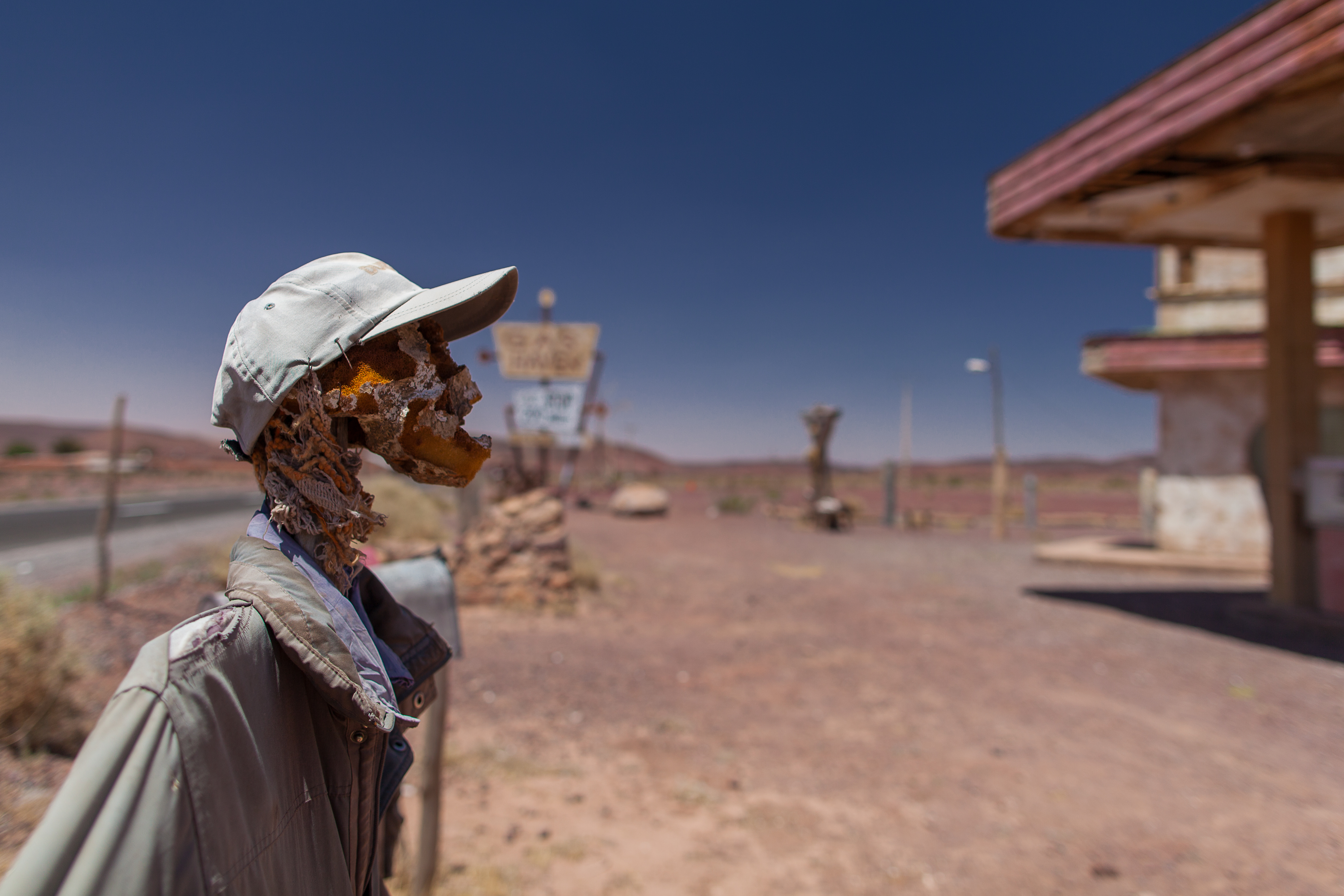
In the Moroccan desert near Ouarzazate lies the creepy, abandoned gas station and diner set built for the 2006 remake of The Hills Have Eyes. This fictional outpost, named "Gas Haven," was designed to look isolated and menacing. After production, the entire structure—including the gas pumps, diner building, and signage—was left standing. It has since become a popular spot for desert travelers and film tourists, its decaying facade providing a perfectly eerie photo opportunity against the stark desert backdrop, a tangible piece of horror film history.
11. Contrabando Movie Set Town: Westerns
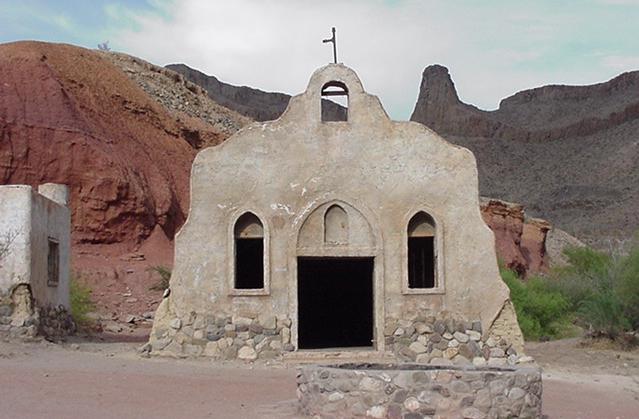
Along the Rio Grande in Big Bend Ranch State Park, Texas, lie the weathered ruins of Contrabando, a movie set town used for numerous Westerns, including Lone Star (1996) and Streets of Laredo. Originally built in the 1980s, the adobe-style structures representing a Mexican border town were damaged by floods and time. While park authorities sometimes stabilize remnants, the site largely exists as picturesque ruins against the dramatic desert landscape. It offers a glimpse into the region's film history and the ephemeral nature of these purpose-built cinematic worlds.
12. Hansel & Gretel: Witch Hunters Set

Deep in a forest outside Berlin, Germany, remnants of the medieval town of Augsburg built for Hansel & Gretel: Witch Hunters (2013) can still be found. The production constructed detailed half-timbered houses and structures for the fantasy-action film. After shooting concluded, parts of the village set were left behind to decay naturally within the woods. Explorers have documented the weathering facades and collapsing structures slowly being reclaimed by the forest, creating an atmospheric and slightly eerie scene straight out of a dark fairytale.
13. Atlas Corporation Studios Sets: Various Films
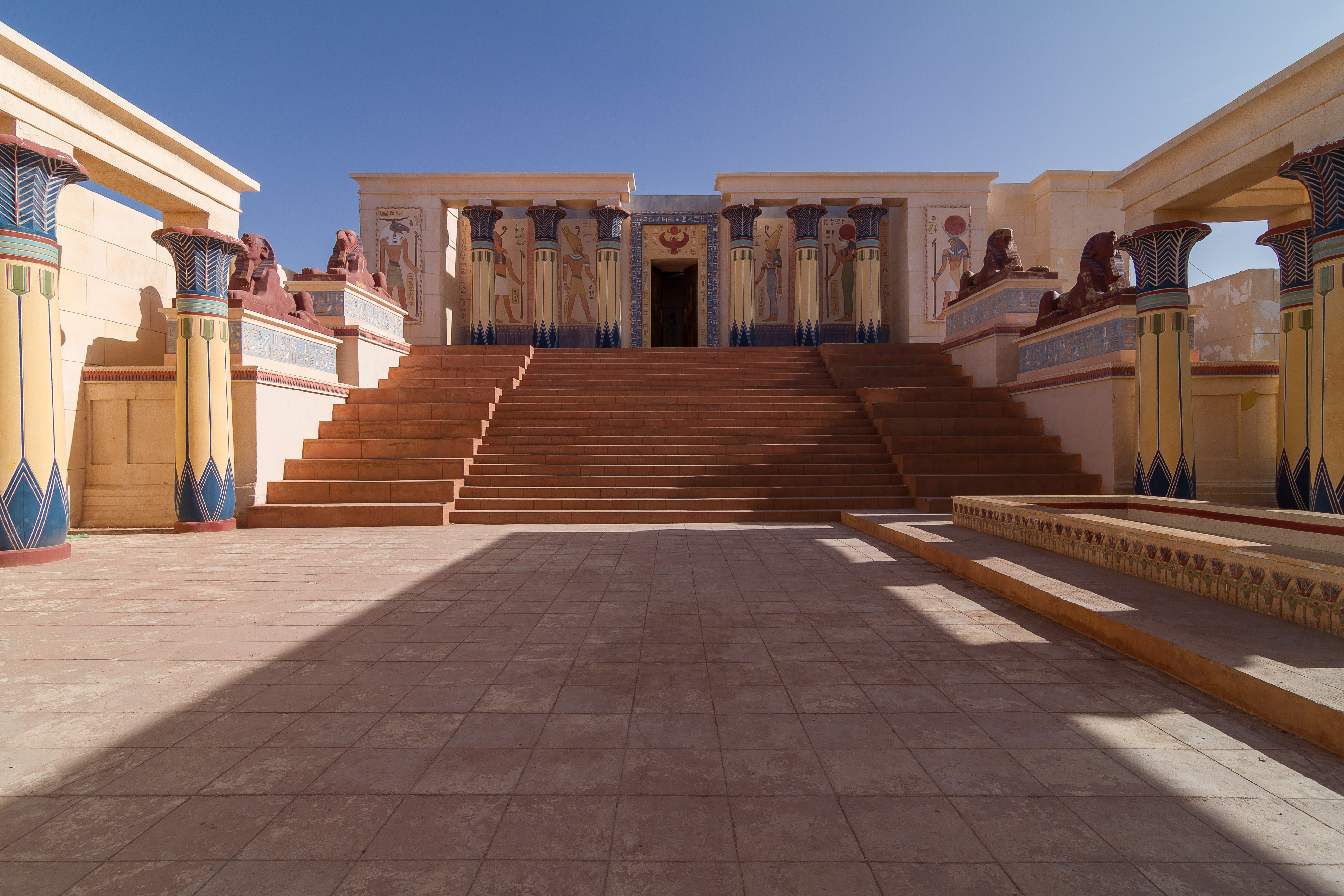
Located near Ouarzazate, Morocco, Atlas Studios is one of the world's largest film studios, famous for its desert landscapes. While an active studio, its vast backlots contain numerous large-scale sets from previous productions that have been left standing and are slowly decaying under the harsh desert conditions. Visitors can explore remnants of Egyptian temples (Asterix & Obelix: Mission Cleopatra), Tibetan monasteries (Kundun), and ancient Roman/biblical cities (Gladiator, Kingdom of Heaven), offering a surreal journey through abandoned cinematic worlds existing side-by-side.
14. Lord of the Rings - Amon Hen Set
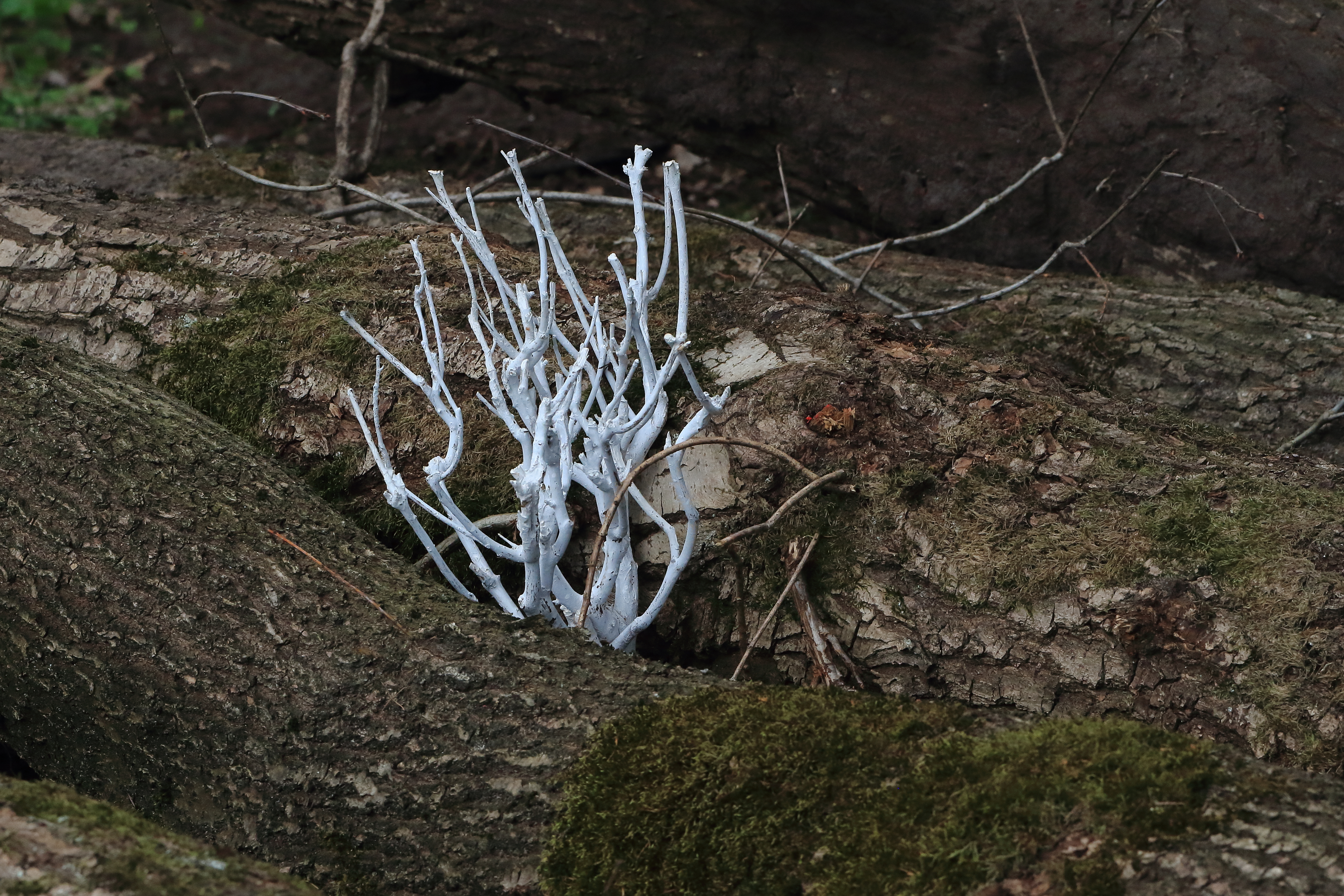
While Hobbiton is preserved, other Lord of the Rings locations feature decaying set pieces. Near Queenstown, New Zealand, the location for Amon Hen (where Boromir's death was filmed in The Fellowship of the Ring) still contains remnants. Set pieces like the stone archways and the Seeing Seat structure were built amongst the trees in Closeburn Pinetum. Though nature is reclaiming them, and some parts may have been removed, dedicated fans can still find recognizable weathered elements from the film integrated into the forest, offering a subtle link to Middle-earth.
15. The Alamo Village: The Alamo 1960
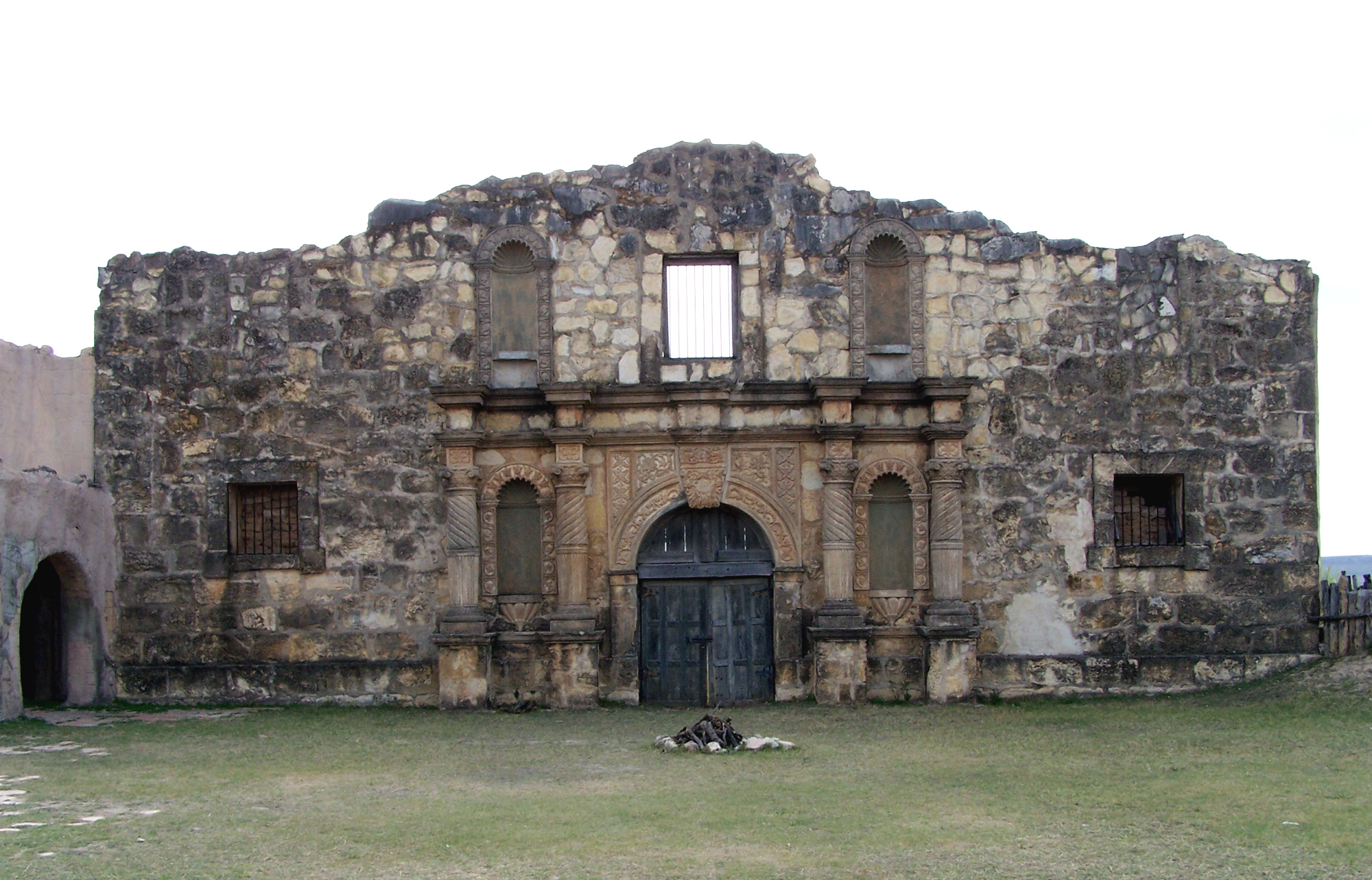
Constructed for John Wayne's epic film The Alamo (1960) near Brackettville, Texas, Alamo Village was a full-scale replica of the Alamo compound and 1836 San Antonio. For nearly 50 years after the film, it operated as a tourist attraction and active Western film set. However, it closed permanently to the public in 2010. While maintained privately for a time, the structures face an uncertain future and the effects of time, representing a significant piece of Western film history potentially fading away.
Preserving the Legacy of Abandoned Sets
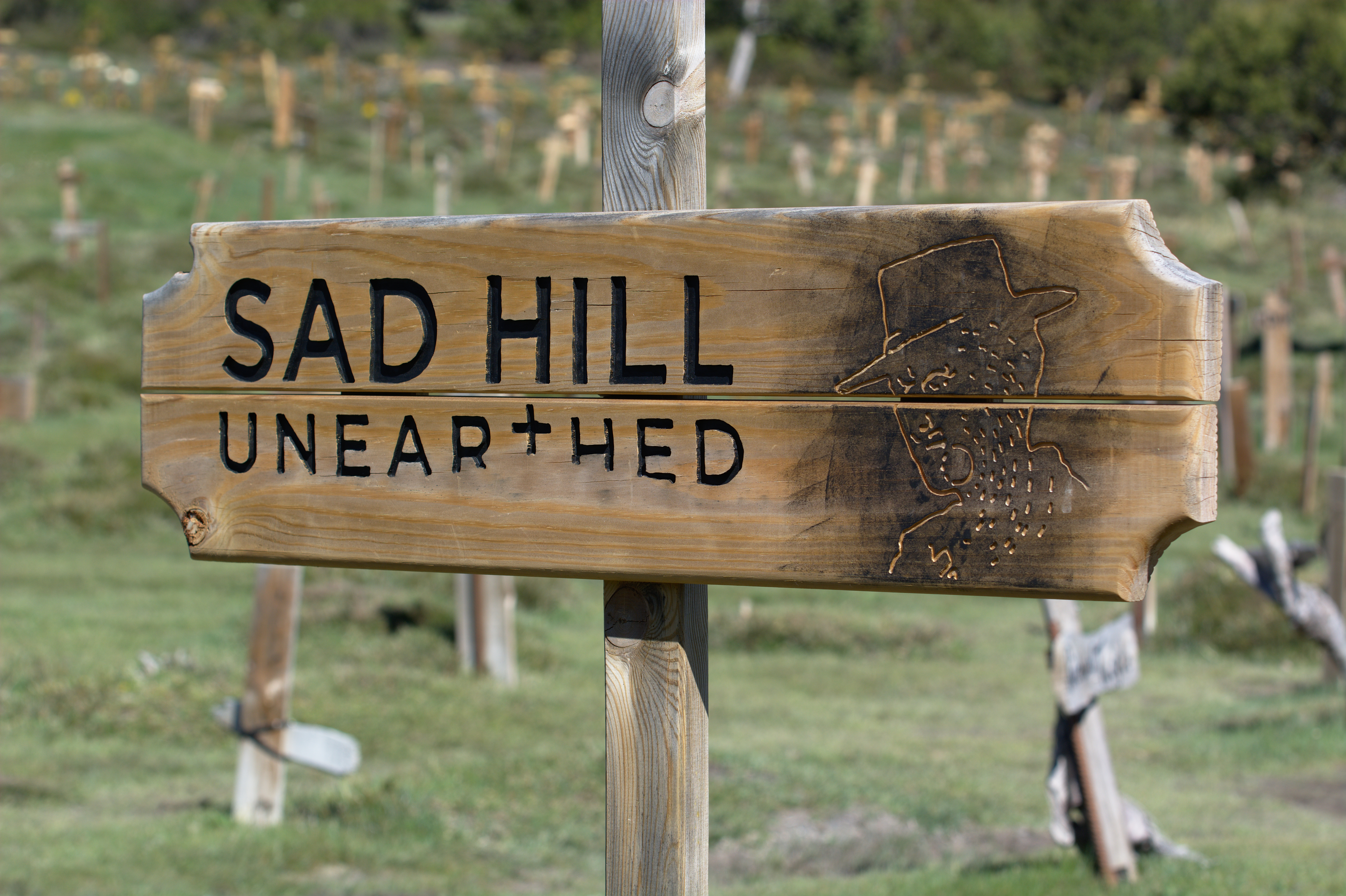
As we conclude our journey through the hidden realm of abandoned film sets, we are reminded of the ephemeral nature of cinema. These sites, though forgotten by time, hold a unique place in Hollywood's history, capturing the essence of the films they once brought to life. They serve as monuments to the creativity, ambition, and artistry that define the world of filmmaking. By exploring these abandoned sets, we not only honor the legacy of the films they represent but also celebrate the enduring power of storytelling. As we leave these forgotten realms behind, we carry with us the echoes of Hollywood's timeless history, a testament to the magic of cinema.






